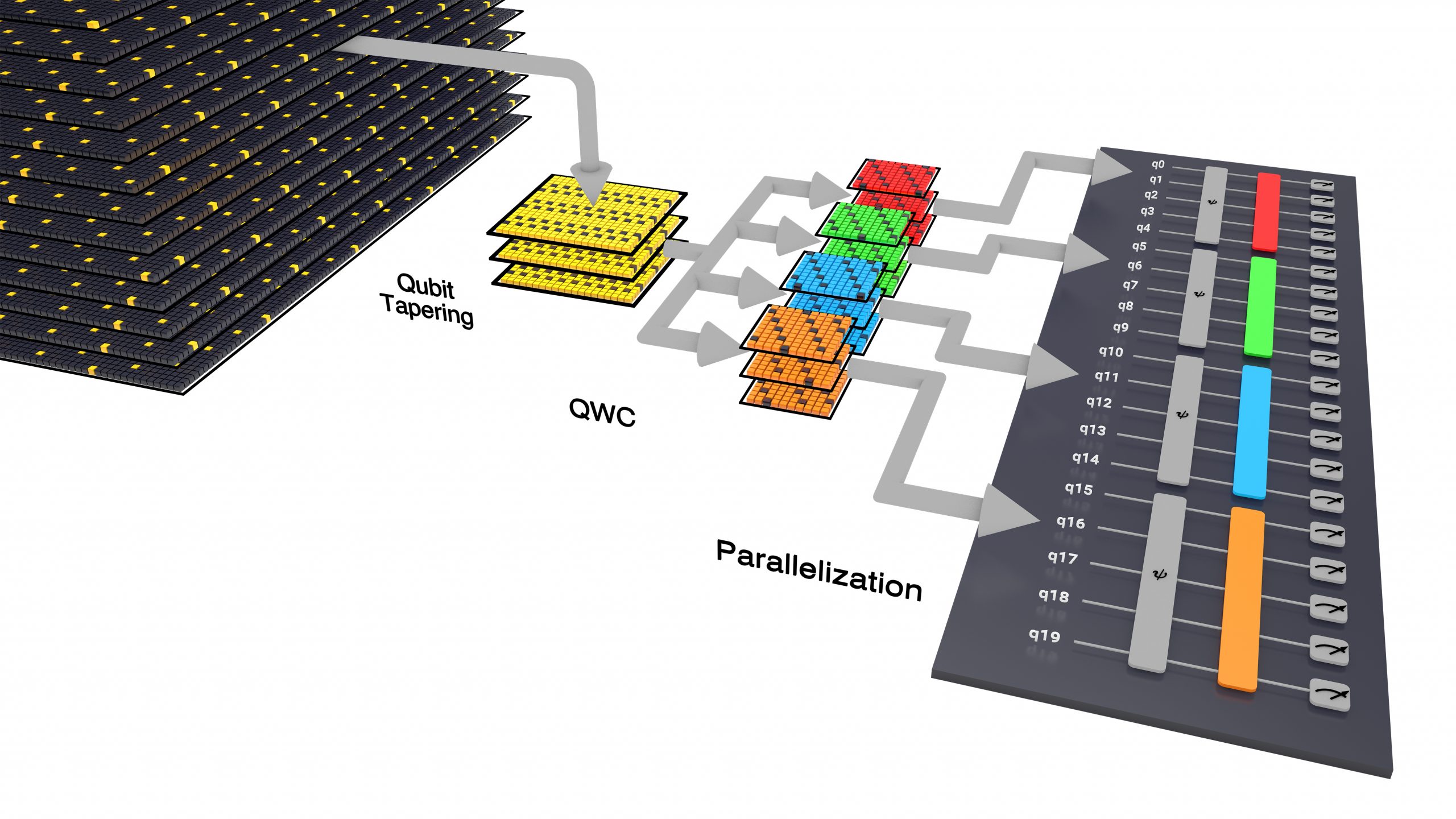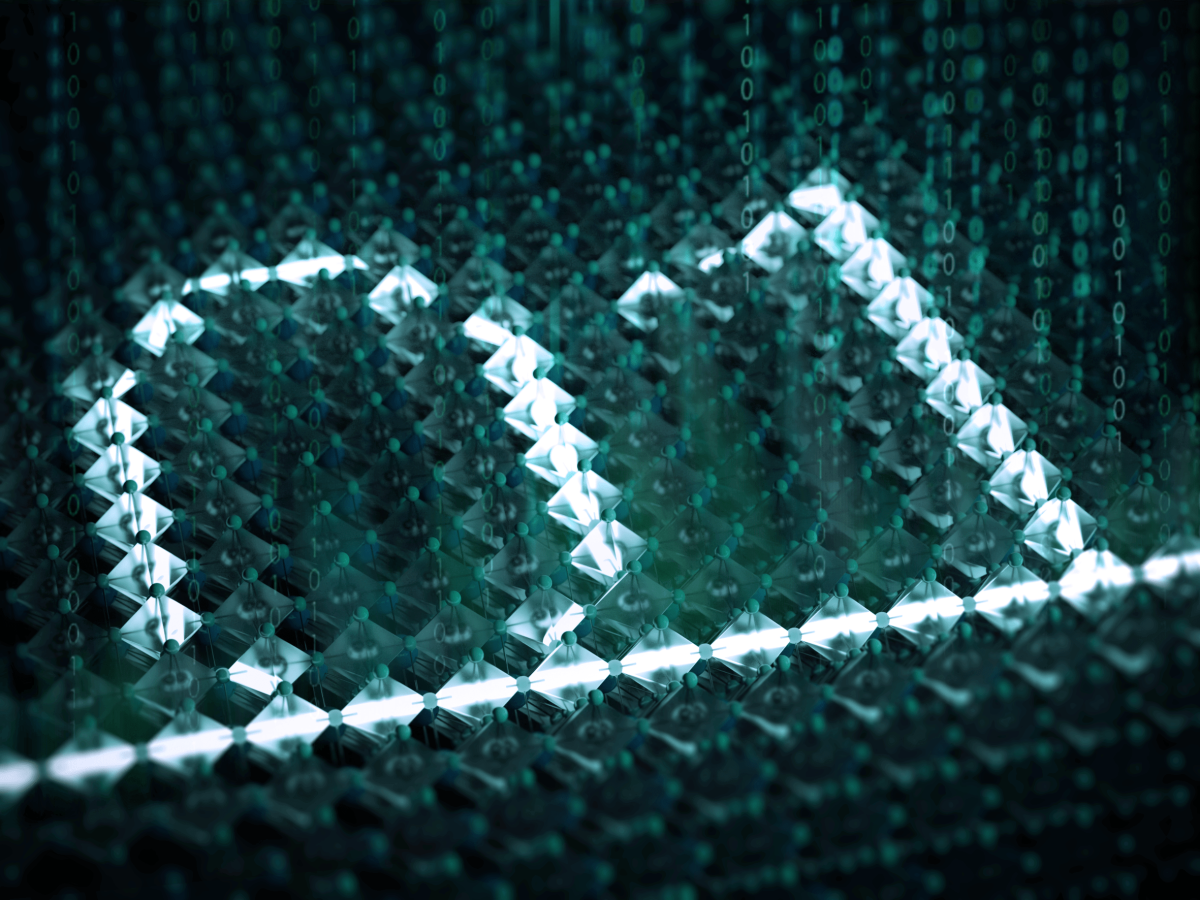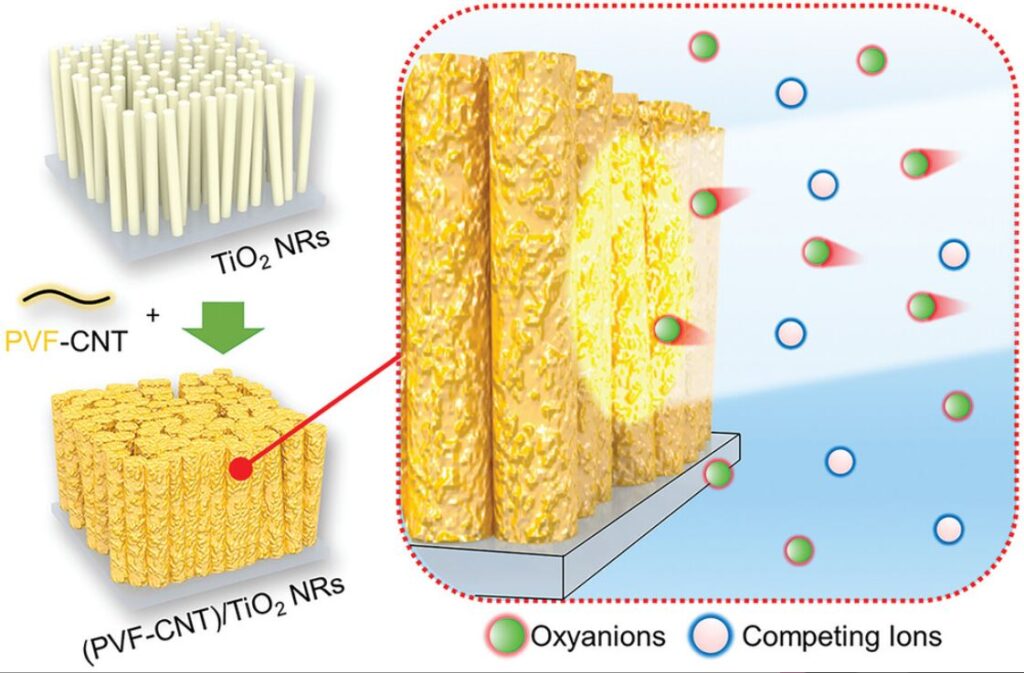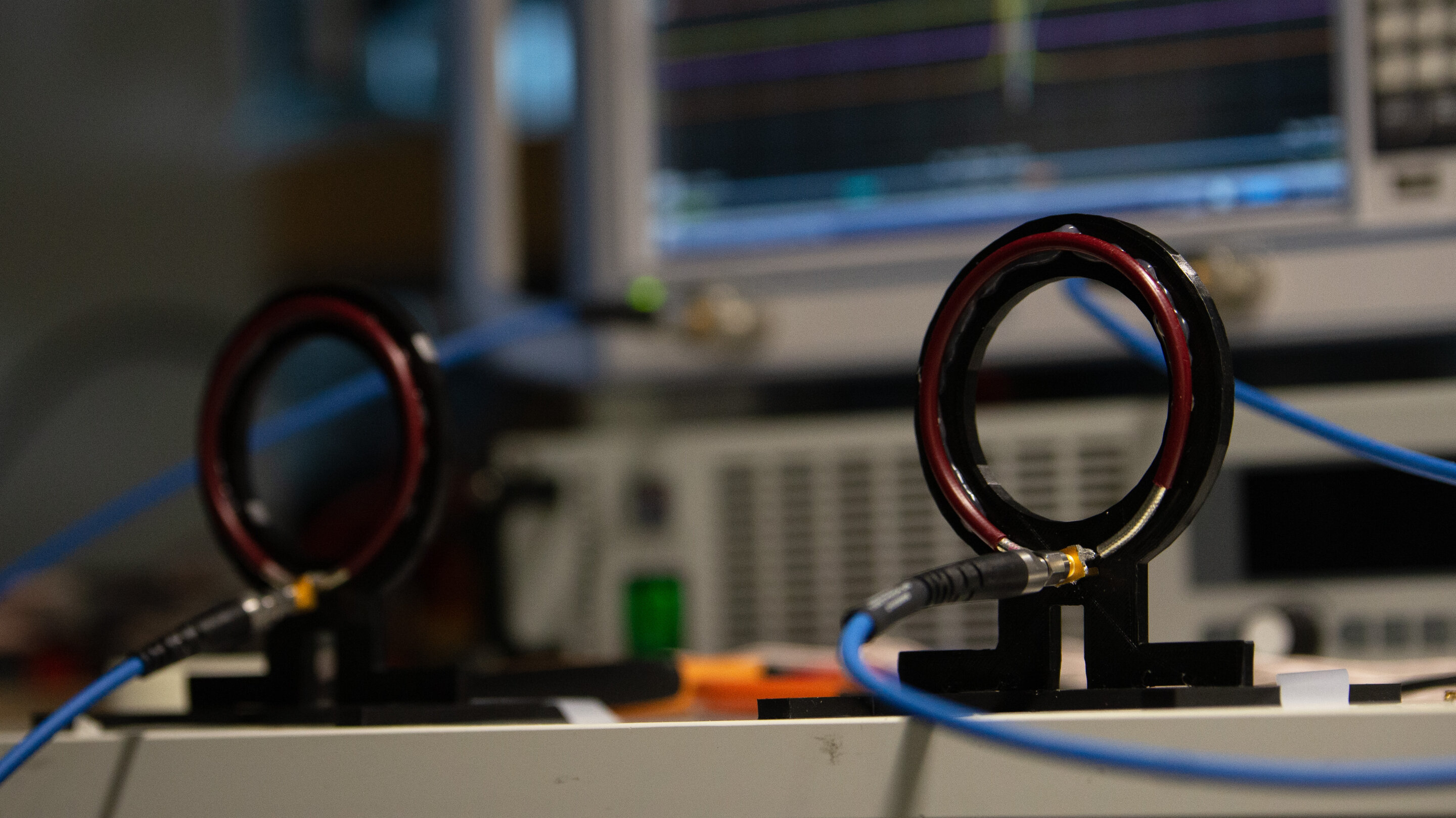
Using the full capabilities of the Quantinuum H1-1 quantum computer, resear...
Read More

Using the full capabilities of the Quantinuum H1-1 quantum computer, resear...
Read More
Fast data transmissions could be delivered in homes and offices through light-emitting diodes (LED) bulbs, complementing existing communication technologies and networks.
The future’s new internet technologies are being rapidly refined by academics and LED-based communication links are expected to be extensively used in numerous emerging services and scenarios, including Light-fidelity (Li-Fi), underwater communications, moderate- to high-speed photonic interconnects and various ‘Internet of Things’ (IoT) devices.
A new study led by the University of Surrey and University of Cambridge has investigated how to release high-speed photonic sources using metal-halide perovskites...
Read More
Chemists led by Beckman researcher Xiao Su have demonstrated that water remediation can be powered in part — and perhaps even exclusively — by renewable energy sources. Using electrochemistry to separate different particles within a solution (also known as electrochemical separation) is an energy-efficient strategy for environmental and water remediation: the process of purifying contaminated water...
Read More
A better way to wirelessly charge over long distances has been developed at Aalto University. Engineers have optimized the way antennas transmitting and receiving power interact with each other, making use of the phenomenon of “radiation suppression.” The result is a better theoretical understanding of wireless power transfer compared to the conventional inductive approach, a significant advancement in the field.
Charging over short distances, such as through induction pads, uses magnetic near fields to transfer power with high efficiency, but at longer distances the efficiency dramatically drops...
Read More
Recent Comments